Rustic Paper, Great Art - Qi Baishi's Ink Traces and Freeing Joys

- show time:2024-04-27 to 2024-12-15
- Organizer:Beijing Fine Art Academy
- venue:Beijing Fine Art Academy
Sponsored by the Beijing Fine Art Academy, supported by the Chinese National Academy of Arts, and co-organized by the Art Museum of Beijing Fine Art Academy and Qi Baishi International Research Center, the exhibition "Rustic Paper, Great Art - Qi Baishi's Ink Traces and Freeing Joys" is unveiled to the public at the Art Museum of Beijing Fine Art Academy on April 27. Unlike previous theme exhibitions, this exhibition abandons the final products created by Qi Baishi. Instead, curated by Hang Chunxiao, it is "paper"-threaded to present the miscellaneous paintings and manuscripts of ink traces in Qi Baishi's daily life and sort out the types and characteristics of his painting paper. With such a new perspective, this exhibition will explore the source of his artistic inspiration, interpret his unique method of visual image production, and gain insights into the innovation and exploration, freeing joys, and wisdom of the "old painter in Peiping" throughout his life.
Qi's paintings vary in paper materials, ranging from wrapping paper, calligraphy practice paper, and leftover paper to oil-stained paper. The value of these works is prone to underestimation due to the rustic paper and trivial brushstrokes. By taking advantage of rustic paper, however, Qi was able to often innovate techniques and put the scene into his paintings, ending up with the unique style of a great artist. This exhibition garners a total of 74 sets of Qi Baishi's influential works, among which a set of 25K Floral Sketches housed at the Art and Literature Museum of the Chinese National Academy of Arts will make its debut after decades of dust-laden memory. With this exhibition, we would like to present a feast of masterpieces to our visitors and offer our blessings to commemorate the 160th anniversary of the birth of Qi Baishi.
Every touching scene: Vivid presentation of moments
Rustic paper is cheap and poor-quality paper, and also refers to spoiled paper with excess dirt. Generally, painters do not prefer "rustic paper" due to its unstable water absorption and ink diffusion. Besides, the brittle and fragile paper makes it difficult to retain an artwork. Qi Baishi, however, cherishes the rustic paper. For many reasons, he left behind a large number of works "created" on irregular and even quite random types of paper during his life.
Tracing back to his brushwork, we found that Qi Baishi painted freely on rustic paper. The childhood memories among the paddy fields, those seen and heard during his five journeys, and years of wandering life in Peiping greatly enriched Qi Baishi's creative inspiration, and made his creation highly contingent. He was keen on capturing the landscapes in his life and travels, and recording the emotions that triggered him at that time. The waste paper and leftover paper at hand were the best choice. These drop-in and strange materials echo and fit perfectly with Qi Baishi's mood on the road. Therefore, every touching scene, from the waterbird between rocks, the copper duck incense burner, and the parrot on a branch, to the spectacular view, the curling smoke and the thick fog, comes to life in his paintings, bringing us infinite reverie. With the rough texture of untrimmed paper and Yuanshu paper (bamboo paper), he experienced the mechanics of accidental creation; through the unique design form of points, lines and planes, he extracted beauty and charm from the objective objects of moments.
To some degree, the paintings on rustic paper reflect Qi Baishi's life and philosophy. Rustic paper is the most common and inferior painting material, which fits the needs of Qi Baishi to earn a living and support his family. Meantime, it is the most unexpected and unmanageable element of art that nourishes his interest in painting and encourages him to constantly expand the expression scope and strength of artistic language.
Floral Sketches: No mediocre drafts
In this exhibition, the Floral Sketches housed at the Art and Literature Museum of the Chinese National Academy of Arts will be made available to the public for the first time. From the preface and postscript, we know that the album carries multiple meanings. At that time, Qi Baishi saw flower paintings in his friend's house and painted a wide variety of flowers and trees. He selected, copied, and anthologized with his own brushwork. Later, he gave it to his offspring for reference in painting.
As the old man said, "The rustic paper with unsightly colors is not elegant enough", the painting paper of this set of works is very obsolete, with visible bamboo fiber traces. Judging from the brushstrokes and color streaks in the works, the painting paper is less responsive to ink, and that's why Qi Baishi was so troubled with the coloring.
Despite the rustic paper, Qi Baishi hid his ingenuity in many details of the Floral Sketches. For example, he painted "Purple Jasmine" with very bold colors by blending bright cyanine and carmine, rather than rendering layers on top of each other in traditional ink painting methods. Another example is his painting of Orychophragmus violaceus. Although he had "never seen it before", he was able to draw it in his own brushwork after studying the plant characteristics recorded by predecessors. This is his distinction. The synergy of experience of others, self-observation, and old memories, contributes to his masterpieces. This chaotic and mixed source of inspiration breaks the theoretical barrier of "learning from nature" in traditional ink painting and makes the inner touch become the key to creation. Perhaps this is why Qi Baishi's art soothes the viewers and makes them feel intimate.
Panorama of life: Freehand works
The exhibition ends with tinted strokes to highlight paintings on rustic paper. Qi Baishi left several freehand works. He wrote in the inscriptions of these works, "I drew this painting to express my joys", "I rejoiced to paint this one", and "I finished it at one go"... Seemingly artistic attainments stemmed from his persistent love for painting. The panorama of life over the years and the miscellaneous strokes and notes made Baishi finally realize the essence of ink painting so that he could improvise and reach the acme of perfection. These visually impressive works will echo and complement in space with other plain ink prints, arousing viewers to think and interpret the multiple implications of "great art".
Perhaps, "great art" is not limited to feasting eyes in daily life, and also to reflecting on the value of artworks. Great art makes its mark on rustic paper. Qi Baishi's contingent visual language and forms of expression created by painting materials will lead us to understand and interpret the ingenious implication of Chinese ink painting again.
This exhibition will run until October 2024.




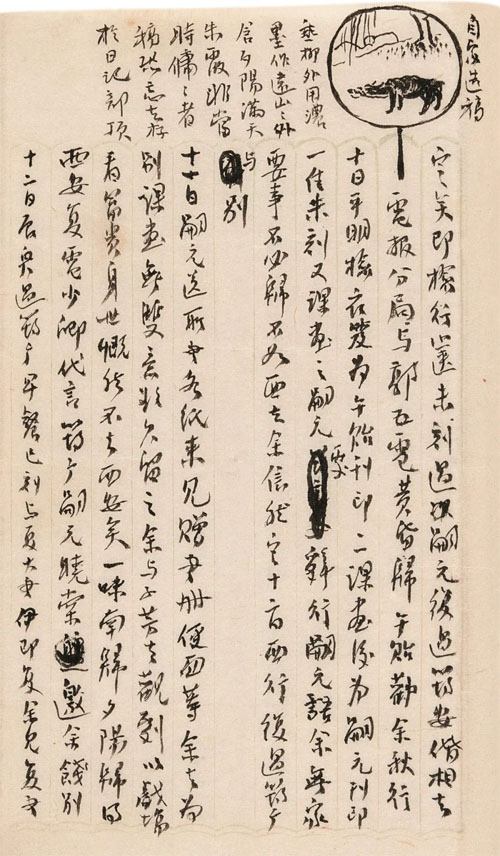
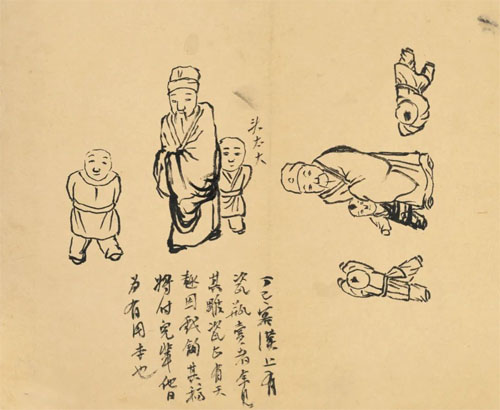
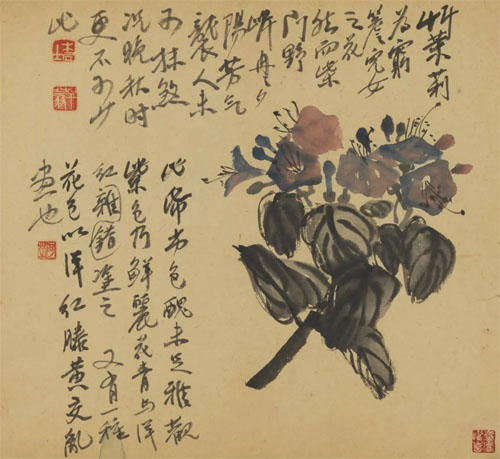
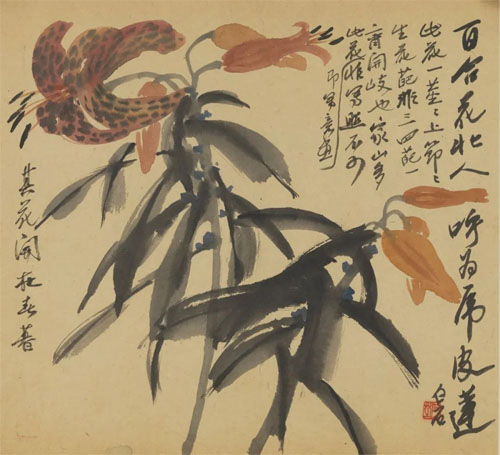
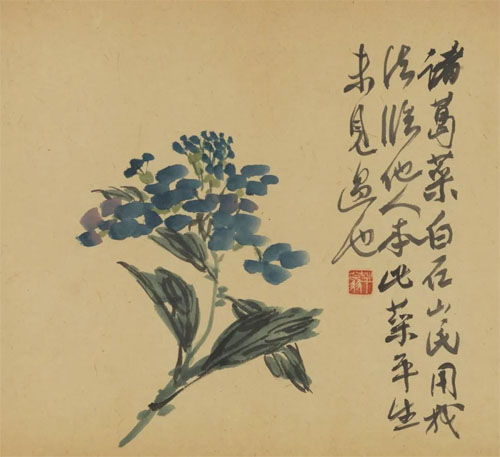

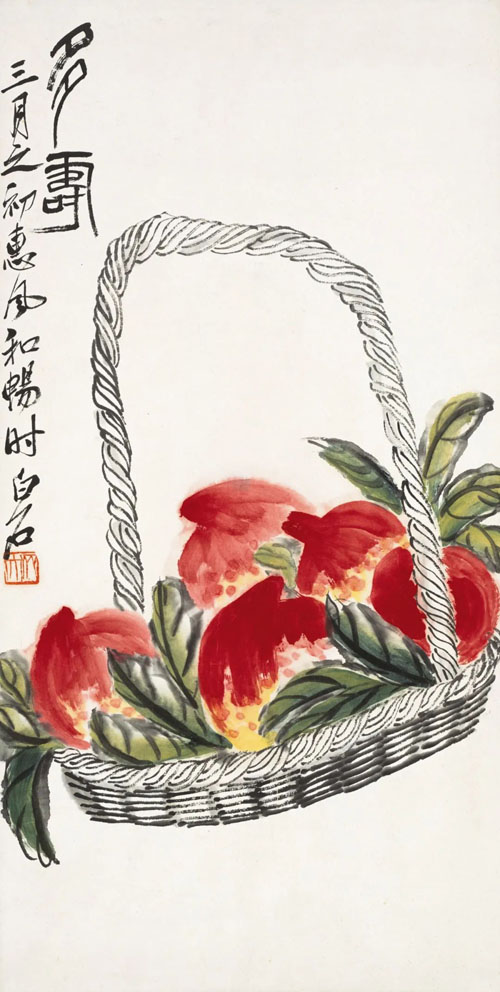
.jpg)
.jpg)
.jpg)
.jpg)
.jpg)
.jpg)
.jpg)
.jpg)
.jpg)
.jpg)
.jpg)
.jpg)
.jpg)
.jpg)
.jpg)
.jpg)
.jpg)